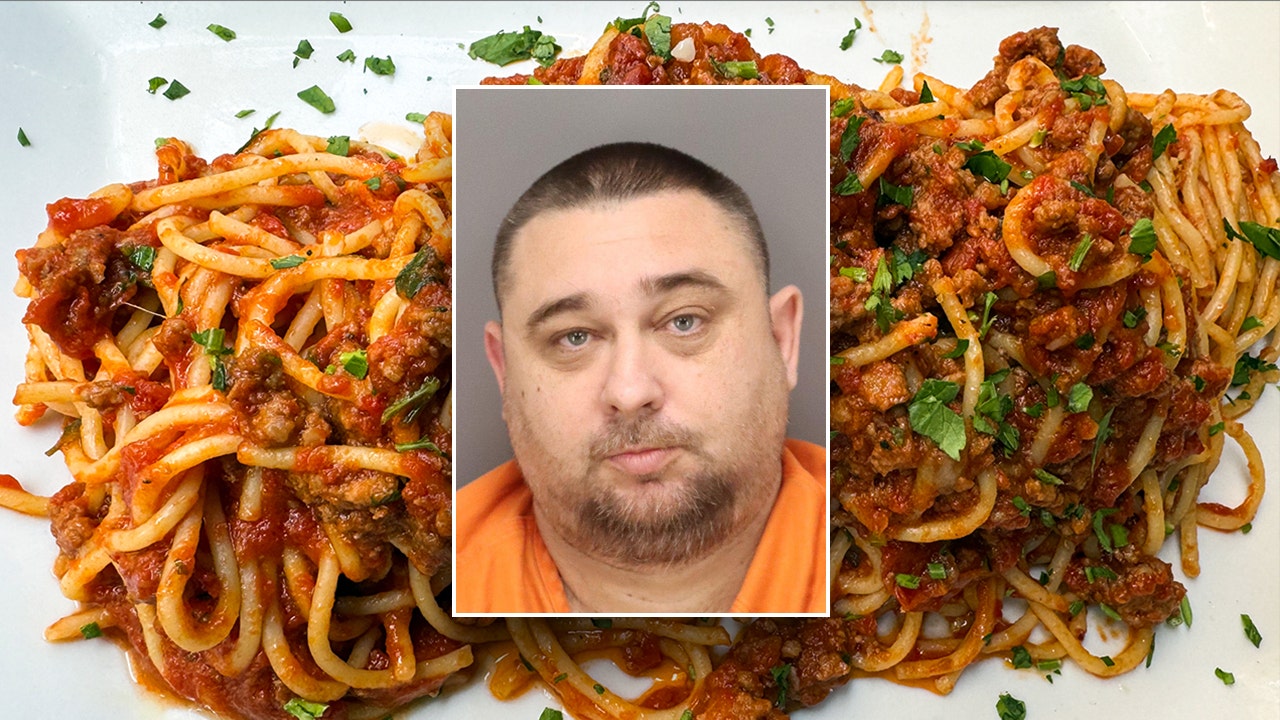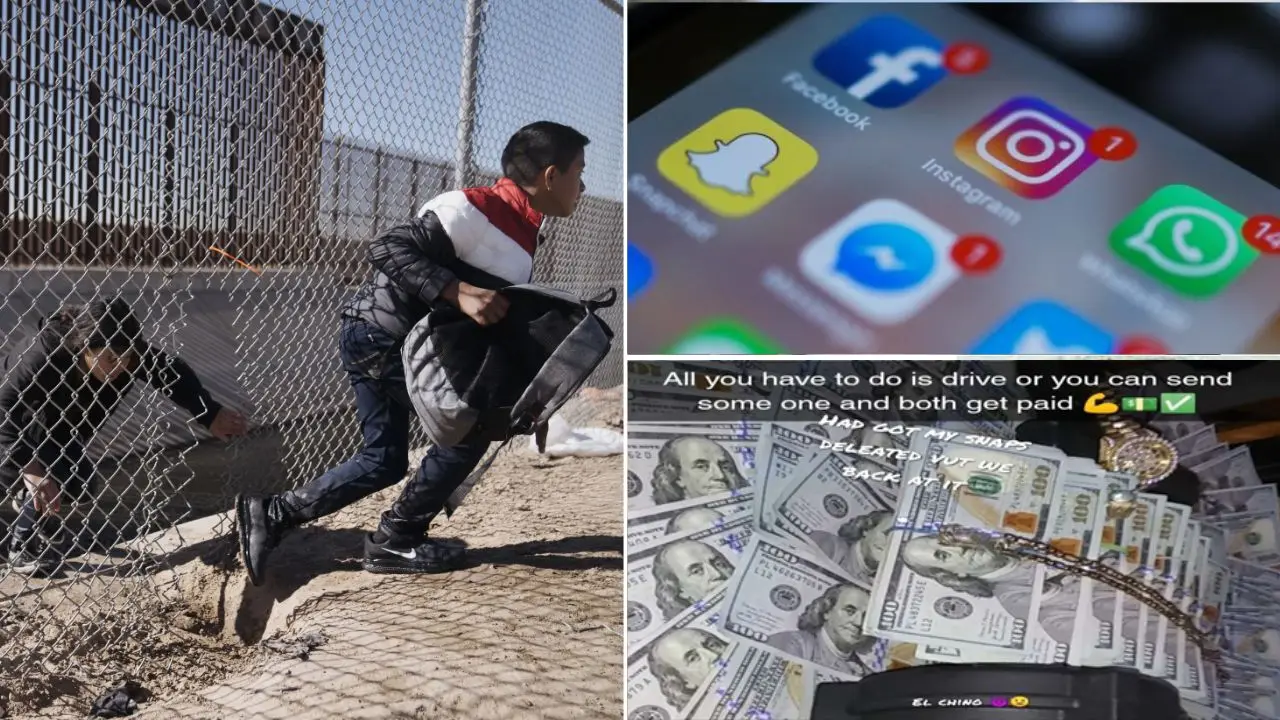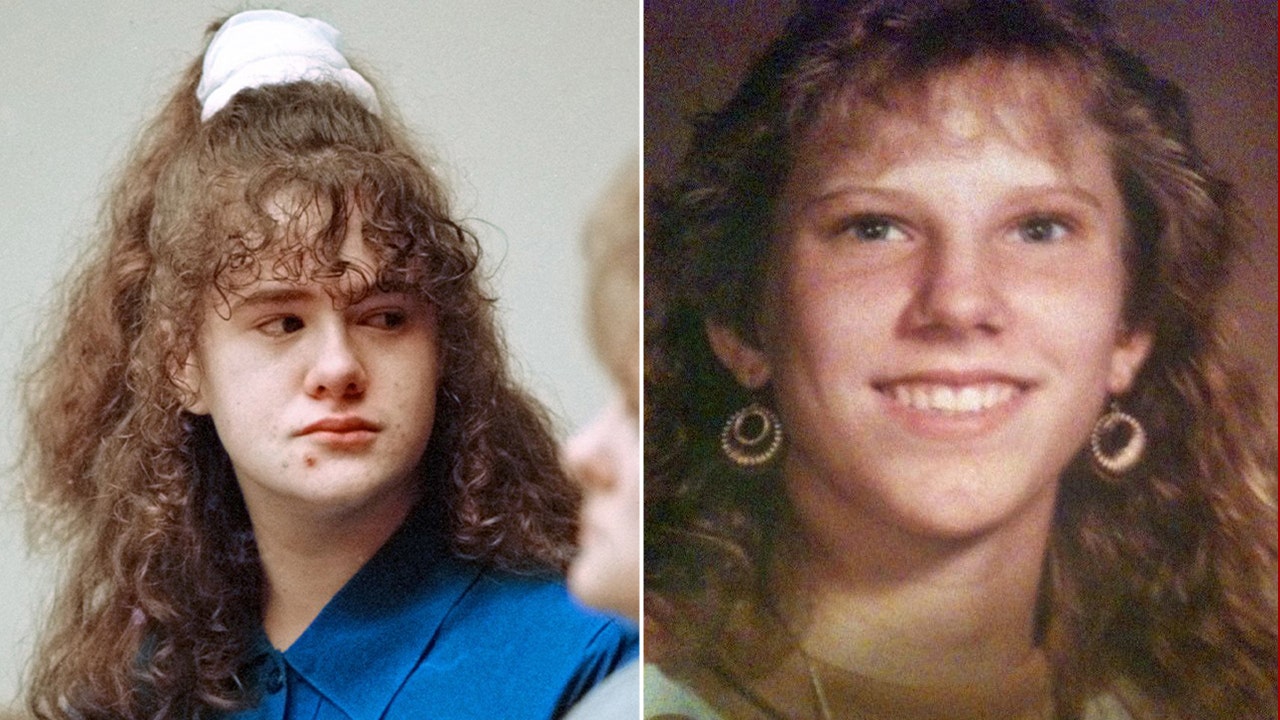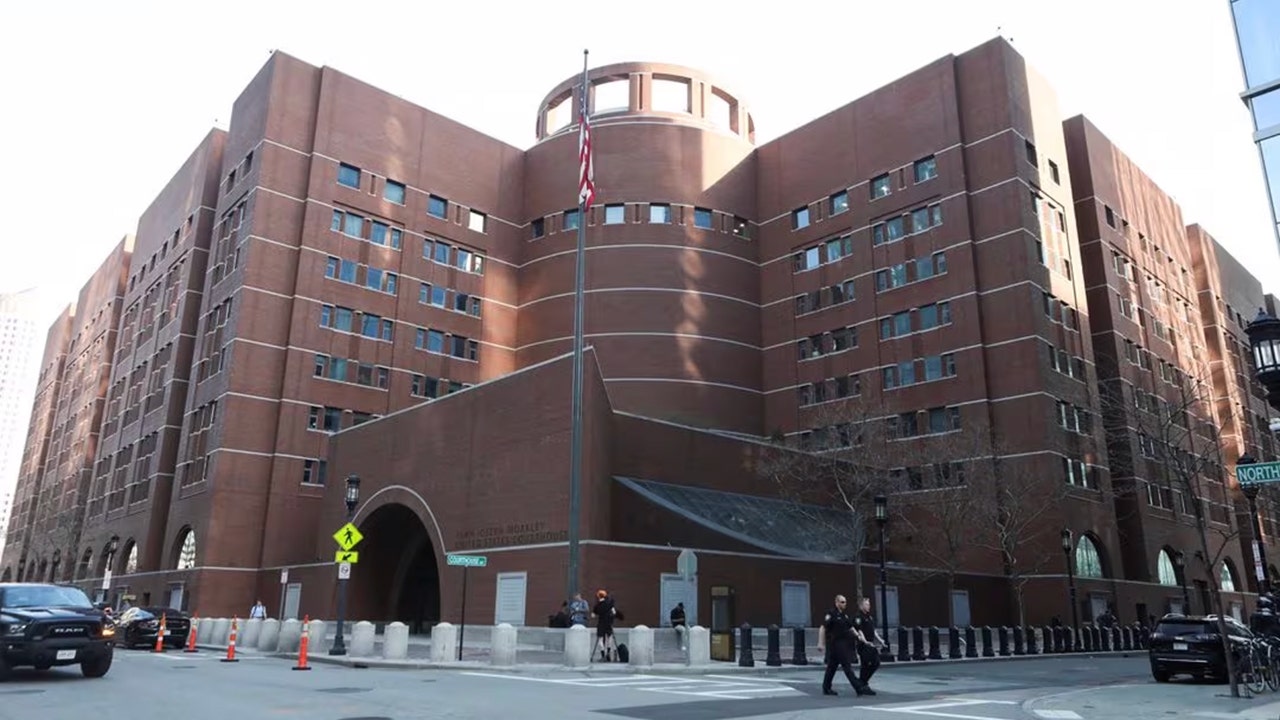George Kimball was ready for war as soon as the first brick hit his head.
The 20-year-old printer was listening to an abolitionist lecture in Boston’s Bowdoin Square during the 1860 presidential campaign, when a pro-slavery throng tried to shut it down. Kimball was prepared, present as part of a torch-bearing, black-clad bodyguard called the Wide Awakes, who beat the brick-throwers back using their torches as clubs.
As Kimball walked home, blood in his eyes, he wanted “war declared at once.” Years later, having fought his way through from Bull Run to Gettysburg to Petersburg, he still considered that Boston brickbat, “as much a casus belli as was the firing upon Fort Sumter.” For him, it was the embattled right to publicly protest slavery that sparked the conflict — a fight over free speech brought on the war.
Today, our starkest political debates often turn on similar questions of public speech and public violence. Across diverse conflicts, from college campuses to the Capitol’s steps, we keep asking where the line is between heated words and aggressive deeds. Though framed as a legal question concerning the First Amendment, more often it’s a conundrum for our political culture.
In a democracy, how far is too far?
It’s a question that fueled America’s bloodiest war. The Civil War was fought over slavery (anyone who says it wasn’t is just wrong). But how did American slavery, which began in 1619, spark a conflict in 1861? How did a long-running debate turn into a shooting war? Where, exactly, was that dynamic moment when an argument became a fight?
George Kimball’s Wide Awakes help make sense of it all. That half-forgotten movement provides a missing link between the election and the war. In the presidential campaign of 1860, hundreds of thousands of diverse young Americans joined companies of Wide Awakes, marching in militaristic uniforms, escorting Republican speakers, fighting in defense of antislavery speech. Their grass roots rising helped elect Abraham Lincoln as president, but also began the spiral into war.
“Slavery,” Frederick Douglass warned as the conflict loomed, “cannot tolerate free speech.” In the decades before the Civil War, many Americans obliged, keeping quiet on the subject. Over the years, that took mounting coercion. States banned public criticism, regular “mobbings” persecuted abolitionists. In congress, antislavery leaders were bullied and beaten. In Northern cities, abolitionist speech was possible, but so was racist terrorism. Lincoln grumbled that most in the North “crucify their feelings” on the subject, but they would not do so forever.
The pushback came from a surprising place: Hartford, Conn. Even that orderly New England town saw brutal mobbings. In the 1856 presidential campaign, local Democrats blasted a Republican rally with fireworks angled like howitzers into crowds of men, women and children. So, to kick off the 1860 campaign, local Republicans invited the brawling Kentucky abolitionist Cassius M. Clay. “Cash” took the stage on a wintry February evening, attacking the way the forces of slavery “suppress the voice of the pulpit, the freedom of the press and of speech” and warning “insurrection is certain.”
Insurrection began that evening. As Clay’s audience filtered out into the night, they beheld a strange tableau: five young textile clerks in black, shiny, makeshift capes. Though designed to keep torch-oil from dripping on their clothing, the outfits embodied the same aggressive verve Clay had just expressed. As the five capped clerks led a torchlit march through town, Democrat thugs attacked. When young Republicans beat them back, a new movement was born.
Within a week, the new club had dozens of members, elected officers, and a name — the Wide Awakes — building off a sense of generational awakening against slavery.
For their first official march, they had the random good luck to escort Lincoln through Hartford’s dark streets. Their clubs started to bubble up across Connecticut that spring, using embattled antislavery speech as a recruiting tool. When a Wide Awakes rally was attacked in New Haven, the movement placed bloodied comrades onstage as proof of the suppression they faced.
The movement was like a black flag, flashing across the North. Young Chicagoans organizing the Republican National Convention took it up, outfitting thousands of Wide Awakes in a few weeks. Companies exploded from there, proliferating from Maine to California, led by German radicals in Milwaukee, fugitive slaves in Boston, Knickerbocker aristocrats on Broadway, antislavery Southerners in D.C., even young women at Mount Holyoke in Massachusetts.
By the end of that summer, Americans believed that there were half a million Wide Awakes in a nation of 31 million. The real number may have been smaller, but even this exaggeration shows how large the movement loomed.
Some Wide Awakes were radical abolitionists, others cautioned moderation, but they all shared a sense that pro-slavery forces were suppressing their views. Free speech provided a convenient cause all could march under. It was vague on the most divisive topics, it conveniently united their enemies (lumping Southern enslavers in with Northern Democratic mobbers), and it suggested that the Wide Awakes’ democratic birthright was being stolen.
Republican protests, for the right to protest, drew protests of their own. Northern Democrats asked when it had become OK for political parties to march like armies. A more pointed response came from farther South. Panicked mis- and disinformation swirled. Senator Louis Wigfall of Texas told Congress that the Wide Awakes movement was plotting “to sweep the country in which I live with fire and sword.”
Angry young Southern Democrats now felt that they were the ones being suppressed. Many started uniformed clubs of their own to “offset” Wide Awakes. In Charleston, S.C., and St. Louis, the Southern Democratic Party organized “Minutemen” clubs. In Washington and Baltimore, they formed the shadowy National Volunteers, which included a worrisome number of the Capitol Police. Again and again, they warned of “coercion” by a Northern majority. By the peak of the 1860 campaign, hundreds of thousands of uniformed young men — both Wide Awakes and their “offsets” — were marching for the right to protest each other.
By the time he won the election, Lincoln was ready to be done with the Wide Awakes. But radical secessionists weren’t, using the movement as a boogeyman in their campaign for disunion. South Carolinians invoked the Wide Awakes the night they left the Union. Virginia’s ex-governor told his state that if they did not secede, they would “be cut to pieces by the Wide Awakes.” This minority of extremists planned to break away no matter what, but the Wide Awakes armed them with a potent symbol to scare more moderate Southerners out of the Union.
Wide Awake hotheads also began to repurpose their marchers as fighters. Some wrote Lincoln, offering to send thousands of armed Wide Awakes to his inauguration. In St Louis, Wide Awakes snuck in rifles and drilled secretly in breweries, while the Southern Democratic Minutemen evolved from a political club into a paramilitary militia. Soon their former campaign headquarters bristled with shotguns, cannon and Confederate flags.
When Confederates fired on Fort Sumter, they began the Civil War, but the fighting killed no one. The first bloodshed came from the kind of street-mobbing that had escalated over decades. As Massachusetts troops headed through Baltimore a few days after Fort Sumter, those anti-Wide Awake National Volunteers led a force against them. Five soldiers and 12 civilians were killed. A few weeks later, St. Louis’s militarized Wide Awakes pushed back, with about 30 dying in an awful street fight.
Wide Awakes who had started out as demonstrators were now combatants. What had been a political organization with militaristic motifs became a military organization with political motives.
In the generations since, we have willfully forgotten the Wide Awakes, and with them the fight over democratic speech that precipitated the conflict. Americans have taught themselves an oddly cozy account of their Civil War, jumping from genteel orators debating the “peculiar institution,” to Blue and Gray soldiers arrayed on Virginia cornfields, all set to mournful fiddle music.
Textbooks use the passive phrase, “The Coming of the Civil War.” But the war didn’t come. Americans brought it, argued it, protested it into being. The Wide Awakes help re-politicize that story, as an unfolding and uncertain tug of war between speech and action, equal parts inspiring and troubling. Marching for the best of causes, they helped bring on the worst of consequences.
Jon Grinspan is a curator of political history at the Smithsonian’s National Museum of American History and the author of “Wide Awake: The Forgotten Force That Elected Lincoln and Spurred the Civil War” and “The Age of Acrimony: How Americans Fought to Fix Their Democracy, 1865-1915.”
The Times is committed to publishing a diversity of letters to the editor. We’d like to hear what you think about this or any of our articles. Here are some tips. And here’s our email: letters@nytimes.com.
Follow the New York Times Opinion section on Facebook, Instagram, TikTok, WhatsApp, X and Threads.






